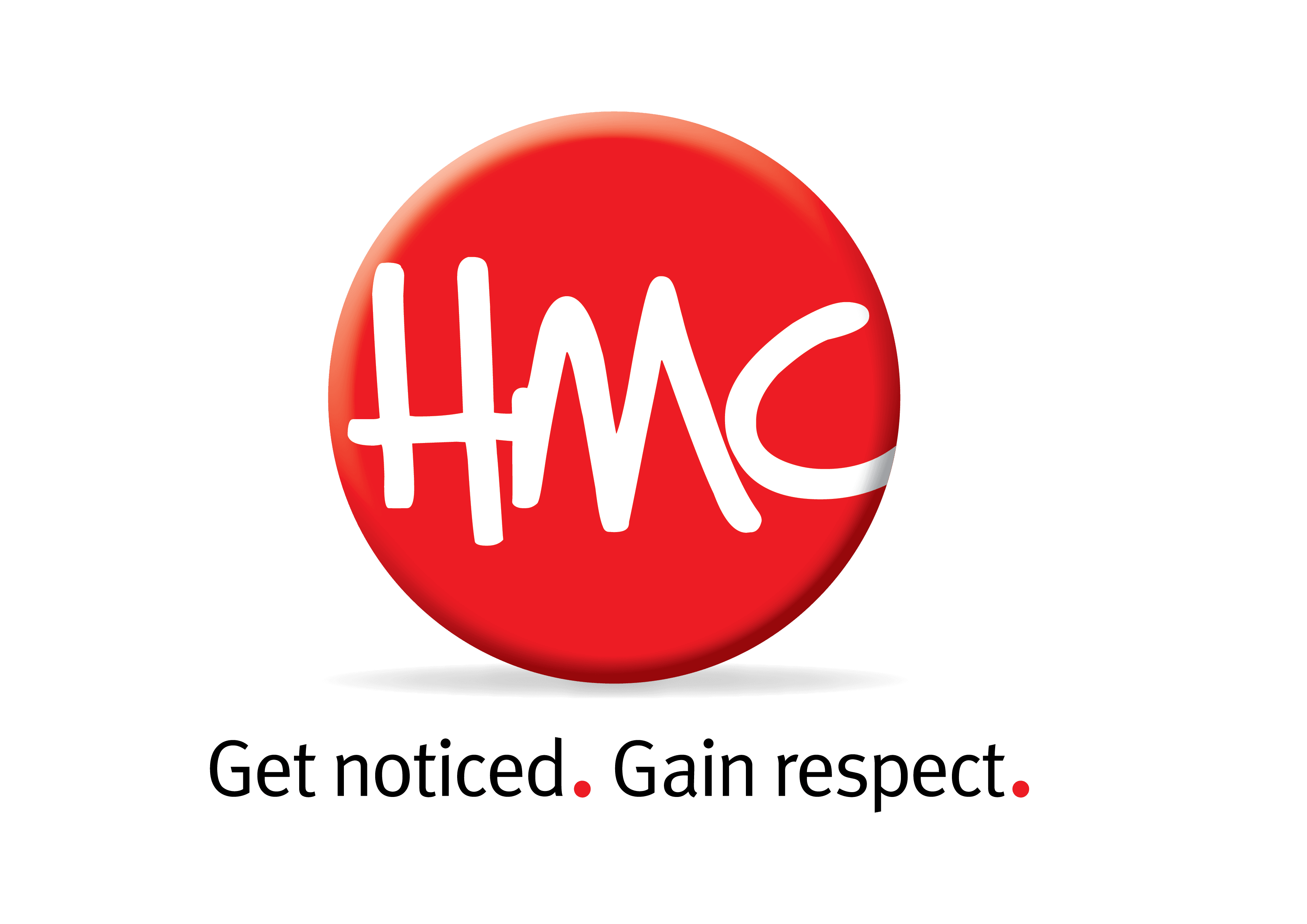It’s enough to make the knees of board members tremble.
Your CEO has announced they are moving on. Whether it’s to a new job or retirement, there are going and that means changes at the top.
At this point, HR kicks in – all thoughts go to recruiting a new CEO.
But it’s worth pausing and putting your PR hat on too. How are you going to communicate this announcement internally, to staff, and externally, to clients, stakeholders, the industry and wider public?
What risks are there – will staff feel concerned about the future of the company or their jobs? Will clients wonder if their projects or contracts are at risk without your CEO at the helm? Is there a perception that the CEO takes a lot of company IP and reputation with them, and how do you manage that?
A well-planned communications strategy can ease the leadership transition, and mitigate risk to the company’s reputation or projects.
Here are seven things to think about when communicating about leadership transition at a company or organisation:
Gather your inner team
You’ll want to get your board or key members of the leadership team together immediately to start planning next steps. Keep things confidential and limited to just those who need to know.
Make a plan
Start with a communications strategy. This is your road map for communicating about the leadership change. You need to decide what to say and how to say it, and to who, and in what priority order.
It’s an involved process, and generally includes gathering information, considering audiences, setting strategic communication objectives, crafting key messages, looking at communication risks and mitigation, and planning a timeline for all communications.
Dot the i's and cross the t's
An effective communications strategy is incredibly detailed. It’s important to be thorough and consider every possible scenario with your communications execution and delivery, to do it well.
Prepare the communications
Once you have your road map written, and signed off on by leadership team, it’s time to ‘do the doing’. This may involve crafting bullet points for the CEO’s departure announcement to staff, with all the key messages you want to convey.
This is typically followed up by an email letter that goes out to all staff, confirming the contents of the meeting. Another letter will be sent to other audiences, including clients and stakeholders.
As part of this preparation, it’s worth spending time brainstorming questions you may get asked so you are not caught unawares. In any situation where there is change, it can be upsetting, and it’s best to be prepared and have responses in place to assure staff and clients if needed.
Get your email databases ready in advance, so everything is drafted, approved and you are ready to press send on the day of the announcement.
Staff come first
In any announcement of this kind, talk to staff first before clients and other stakeholders, and do it in person where you can. If necessary, if you need to make the announcement across multiple office locations, consider getting staff in on Skype or a conference call, and ensure the senior leaders at those locations have been briefed prior to that if there are questions.
Media/press release
When a CEO retires or move on, it can be a great chance to celebrate their achievements and contribution to the industry, region or community. Write a media release for an industry publication, business paper or local media outlet. There is often a good story to tell, especially if it’s a long-serving or founding CEO. A media story can also help with recruiting the new CEO.
Social Media
Don’t forget about sharing the news on your social media channels, after your staff announcement and client meeting and emails. A post on your business Facebook page or LinkedIn may be appropriate.

